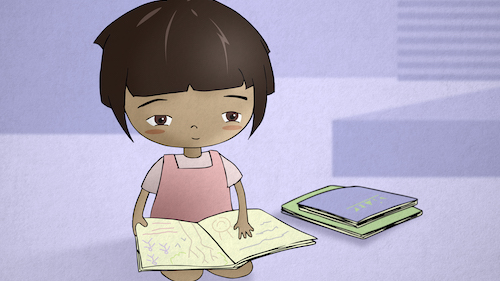General
This course expired on 30 April 2025. If you have completed this course, you can print your certificate here.
This course has been replaced with our The Young Eye: Development of Vision, Part 1 course, reissued in April 2025.
Domains: Clinical practice, Communication
CPD Ref: C-100516
CPD Points: ![]()
CPD Type: Non-interactive
Closing Date: 30 April 2025

Following birth, anatomic and neurological changes drive the maturation of a child’s eyes. The Young Eye: Development of Vision is a two-part programme that looks in detail at what changes occur, from birth to adulthood, highlighting what early abnormalities can impair visual ability. Age-related visual norms and other developmental milestones are also discussed to assist optometrists in knowing whether a child’s eyes are on track to develop normally.
This programme picks up the progress of visual development where The Young Eye: Embryology ends and follows the development of one child, Zara, from birth to the cusp of adulthood. Over the course of Zara’s childhood, anatomic, neurological and environmental changes will drive the maturation of her visual system.
Part one covers birth to three years and consists of three units:
- Unit 1 - Birth to three months
- Unit 2 - Three to six months
- Unit 3 - Six months to three years
At the end of the course you can complete the CPD quiz to gain one non-interactive CPD point.
If you want to learn more about childhood development of vision beyond the age of three, go to The Young Eye: Development of Vision, Part 2 – Three to 18 Years.
First published: October 2021
Last reviewed: January 2022